Blogs & News
We are focus on automotive wiring harness & connectors technology.
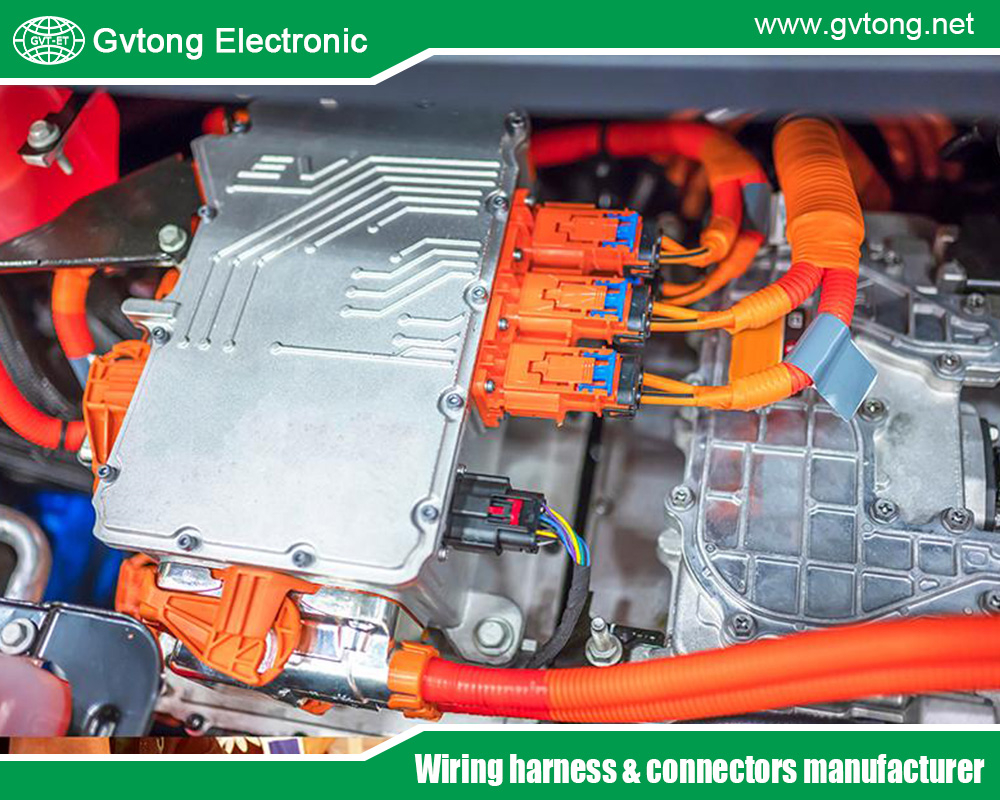
Four Typical Application Scenarios of 4-Cavity Connectors in Modern Technology
- Gvtong Electronic
- 10-cavity connector factory, 2-cavity connectors, 3-cavity connectors, 4-cavity connectors, 4-cavity connectors factory, 4-cavity connectors manufacturer, 4-cavity connectors supplier, 48V board net connectors, 5-cavity connector manufacturer, 6-cavity connector manufacturer, 8-cavity connector factory, Anti-vibration automotive connectors, Automated assembly connectors, automotive diagnostic connector, automotive High voltage connector, automotive hybrid connector, Automotive shielded connectors, automotive waterproof connectors, Automotive-grade AEC-Q200 connectors, Blind-mate automotive connectors, Cost-effective automotive connectors, EV charging connectors, Fuel cell connectors, Halogen-free automotive connectors, High-speed data connectors, High-temperature resistant connectors, Lightweight automotive connectors, Low-contact resistance connectors, Modular automotive connectors, Multi-variation connectors, OEM-specific connectors, Oil-resistant automotive connectors, Quick-fit automotive connectors, Recyclable material connectors, Redundant safety connectors, Thermal management connectors, Wireless charging connectors
- No Comments
Four Typical Application Scenarios of 4-Cavity Connectors in Modern Technology
In the rapidly evolving landscape of modern technology, connectivity is the backbone of innovation. From autonomous vehicles to smart homes, the seamless transfer of power, data, and signals is critical. At the heart of this connectivity lies the humble yet indispensable 4-cavity connector—a versatile component designed to house four electrical or data-carrying pins within a single housing. These connectors, known for their compact design, reliability, and adaptability, are pivotal in various high-tech applications. This article explores four typical application scenarios where 4-cavity connectors shine, highlighting their role in automotive systems, industrial automation, consumer electronics, and medical devices. By examining their functionality, benefits, and real-world impact, we uncover why these connectors are a cornerstone of modern engineering.
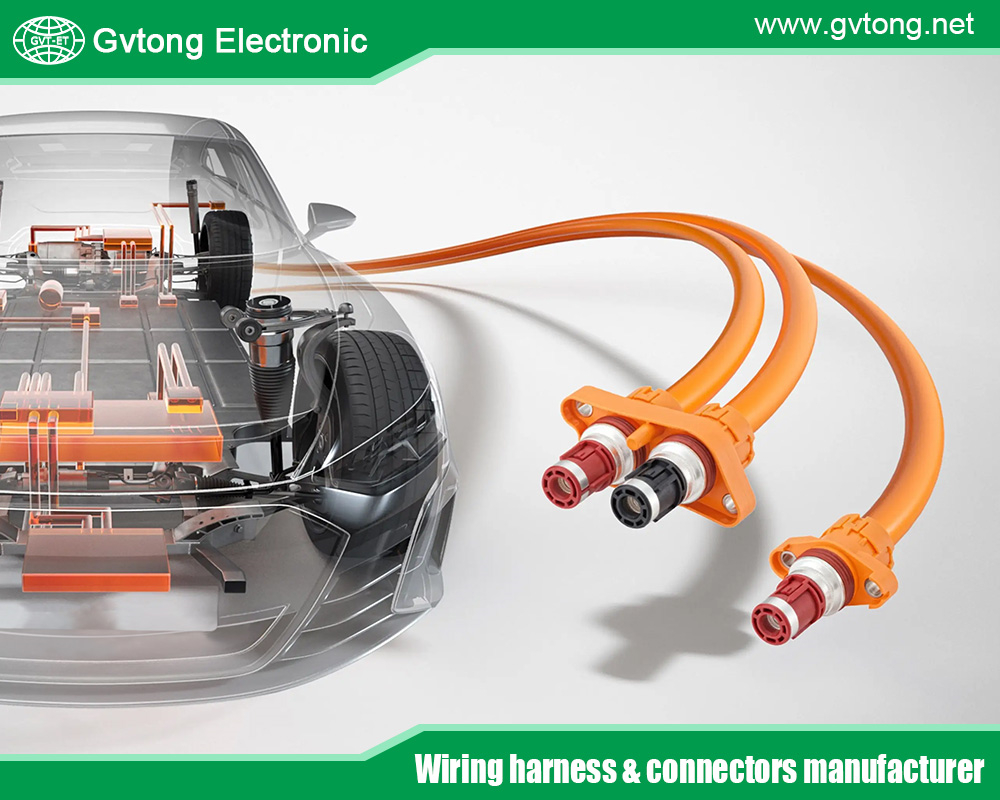
Automotive Systems: Powering the Future of Mobility
The automotive industry is undergoing a transformative shift, with electric vehicles (EVs), autonomous driving, and advanced driver-assistance systems (ADAS) redefining transportation. 4-cavity connectors play a crucial role in enabling these advancements by providing reliable, compact, and high-performance connectivity solutions.
Role in Automotive Applications
In modern vehicles, 4-cavity connectors are widely used in wiring harnesses, sensors, and control modules. These connectors typically feature four pins or terminals, allowing them to transmit power, ground, and two data signals simultaneously. This configuration is ideal for applications like:
- Sensor Integration: 4-cavity connectors link sensors (e.g., temperature, pressure, or proximity sensors) to electronic control units (ECUs). For instance, in an EV, they connect battery management systems (BMS) to monitor voltage and temperature, ensuring optimal performance and safety.
- Infotainment Systems: These connectors facilitate communication between multimedia interfaces, such as touchscreens, and vehicle networks, supporting features like GPS, audio streaming, and smartphone integration.
- Lighting Systems: In advanced LED lighting systems, 4-cavity connectors deliver power and control signals to adaptive headlights or interior ambient lighting.
Benefits in Automotive Use
The automotive environment demands connectors that withstand vibration, temperature extremes, and moisture. 4-cavity connectors excel due to their:
- Compact Design: Their small footprint saves space in tightly packed vehicle architectures.
- Durability: Sealed versions resist dust, water, and corrosion, meeting stringent automotive standards like IP67 or IP68.
- Versatility: They support both low-voltage signals for data and higher currents for power, making them adaptable to diverse systems.
Real-World Impact
Consider the rise of autonomous vehicles, where 4-cavity connectors link LiDAR and radar sensors to processing units, enabling real-time environmental mapping. For example, Tesla’s Model 3 uses such connectors in its wiring harnesses to ensure reliable data transfer for its Autopilot system. As vehicles become more electrified and connected, the demand for these connectors is expected to grow, with the global automotive connector market projected to reach $19.4 billion by 2027, according to industry reports.
Industrial Automation: Streamlining Smart Factories
The fourth industrial revolution, or Industry 4.0, has ushered in an era of smart manufacturing, where automation, IoT, and data analytics converge. 4-cavity connectors are integral to this ecosystem, enabling robust and efficient communication in industrial settings.
Role in Industrial Automation
In smart factories, 4-cavity connectors are used in programmable logic controllers (PLCs), robotic systems, and IoT-enabled devices. Their typical applications include:
- Sensor and Actuator Connectivity: These connectors link sensors (e.g., for temperature or pressure) and actuators to control systems, enabling precise monitoring and automation of production lines.
- Industrial IoT (IIoT): They facilitate data transfer between IoT devices and central servers, supporting predictive maintenance and real-time analytics.
- Robotic Arms: In robotic assembly lines, 4-cavity connectors provide power and control signals to motors and sensors, ensuring synchronized operations.
Benefits in Industrial Settings
Industrial environments are harsh, with exposure to dust, chemicals, and mechanical stress. 4-cavity connectors are favored for:
- Reliability: Their secure locking mechanisms prevent disconnection during vibrations, critical in high-speed manufacturing.
- Modularity: Standardized designs (e.g., M12 or Deutsch connectors) allow easy integration and replacement.
- High Data Rates: In IIoT applications, they support protocols like CANbus or Ethernet, enabling fast and reliable data transfer.
Real-World Impact
In a modern automotive assembly plant, 4-cavity connectors are used in robotic welding systems, where they connect proximity sensors to PLCs, ensuring precise positioning of components. Companies like Siemens and Rockwell Automation rely on these connectors in their automation solutions, contributing to a global industrial connector market expected to grow at a CAGR of 7.5% from 2023 to 2030. By enabling seamless connectivity, 4-cavity connectors enhance efficiency and reduce downtime in smart factories.
Consumer Electronics: Enabling Seamless User Experiences
From smartphones to smart home devices, consumer electronics demand compact, reliable, and cost-effective connectivity solutions. 4-cavity connectors are a go-to choice for manufacturers aiming to deliver high-performance devices in sleek form factors.
Role in Consumer Electronics
In consumer electronics, 4-cavity connectors are used in applications requiring power and data transfer within limited space. Key uses include:
- Smart Home Devices: In devices like smart speakers or thermostats, these connectors link power supplies, microcontrollers, and communication modules (e.g., Wi-Fi or Bluetooth).
- Wearable Technology: Fitness trackers and smartwatches use 4-cavity connectors for charging and data syncing, ensuring reliable connections in compact designs.
- Gaming Peripherals: Controllers and VR headsets use these connectors to transmit power, audio, and control signals, enhancing user experiences.
Benefits in Consumer Electronics
The consumer electronics market prioritizes size, cost, and performance. 4-cavity connectors deliver:
- Miniaturization: Their small size suits space-constrained devices like earbuds or smartwatches.
- Cost-Effectiveness: Standardized designs reduce manufacturing costs, making them ideal for mass production.
- Ease of Use: Push-pull or snap-in mechanisms simplify assembly and maintenance for manufacturers and end-users.
Real-World Impact
Consider the Amazon Echo Dot, where 4-cavity connectors link the power adapter to the internal circuitry, ensuring reliable operation. In wearables, companies like Fitbit use these connectors for charging docks, balancing durability with user convenience. As the global consumer electronics market is projected to reach $1.1 trillion by 2028, 4-cavity connectors will continue to play a pivotal role in enabling compact, connected devices that enhance daily life.
Medical Devices: Ensuring Precision and Safety
The medical industry relies on advanced technology to deliver life-saving diagnostics and treatments. 4-cavity connectors are critical in medical devices, where reliability, precision, and safety are non-negotiable.
Role in Medical Applications
In medical equipment, 4-cavity connectors are used in devices requiring secure and stable connections for power and data. Common applications include:
- Patient Monitoring Systems: These connectors link sensors (e.g., ECG or pulse oximeters) to monitors, transmitting vital signs in real time.
- Diagnostic Equipment: In MRI or ultrasound machines, they connect transducers and control units, ensuring accurate data transfer.
- Surgical Devices: Endoscopic systems use 4-cavity connectors to deliver power and video signals to high-resolution cameras.
Benefits in Medical Use
Medical applications demand connectors that meet strict regulatory standards (e.g., ISO 13485). 4-cavity connectors offer:
- Sterility and Safety: Sealed designs prevent contamination, critical in sterile environments.
- High Reliability: Their robust construction ensures uninterrupted operation during critical procedures.
- Customization: They can be tailored to specific medical protocols, supporting high-speed data or low-noise signals.
Real-World Impact
In a hospital setting, 4-cavity connectors are found in bedside monitors, where they connect heart rate sensors to displays, providing real-time data to clinicians. Companies like Medtronic and GE Healthcare use these connectors in their imaging and monitoring systems, contributing to a medical connector market expected to grow at a CAGR of 10.3% through 2030. By ensuring reliable connectivity, 4-cavity connectors enhance patient outcomes and streamline healthcare delivery.
Challenges and Future Trends
While 4-cavity connectors are versatile, they face challenges in meeting the demands of emerging technologies. For instance:
- Miniaturization Pressure: As devices shrink, connectors must become even smaller without sacrificing performance.
- Higher Data Rates: The rise of 5G and AI-driven applications requires connectors to support faster data transfer.
- Sustainability: Manufacturers are exploring eco-friendly materials to align with global sustainability goals.
Looking ahead, advancements in connector technology are addressing these challenges. Hybrid 4-cavity connectors, combining power and high-speed data (e.g., USB-C or Ethernet), are gaining traction. Additionally, smart connectors with embedded sensors for predictive maintenance are emerging, particularly in industrial and automotive applications. As technology evolves, 4-cavity connectors will continue to adapt, maintaining their relevance in a connected world.
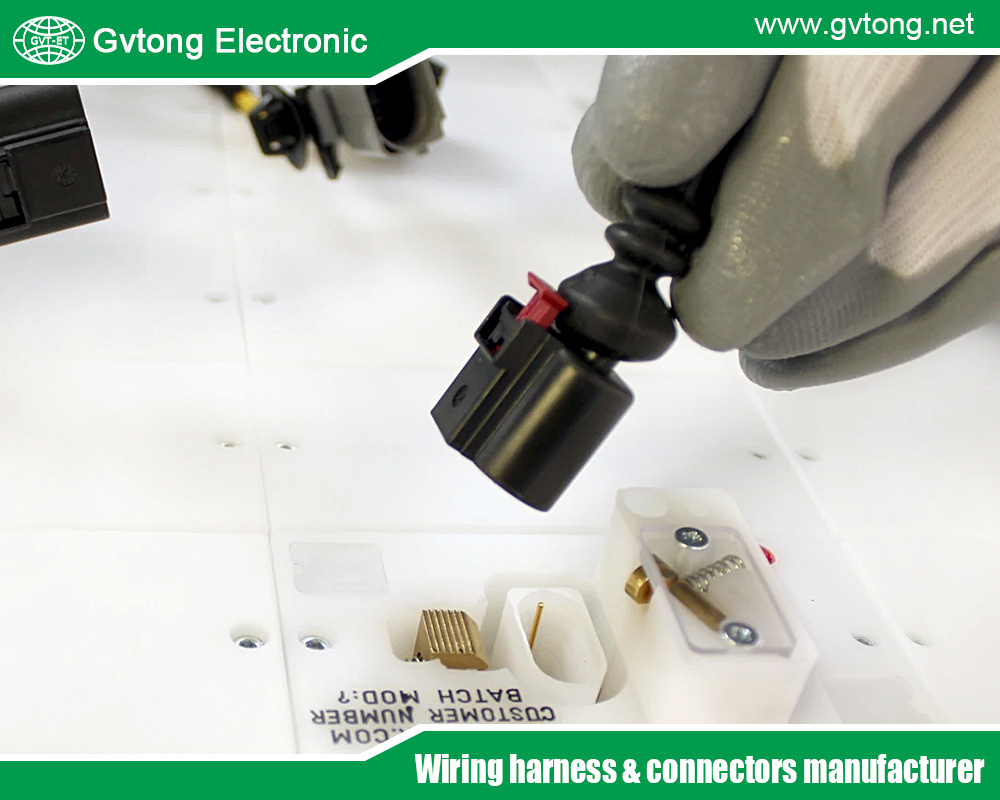
Conclusion
4-cavity connectors may seem like small components, but their impact on modern technology is profound. From powering autonomous vehicles to enabling smart factories, consumer electronics, and life-saving medical devices, these connectors provide the reliability, versatility, and efficiency needed to drive innovation. As industries push the boundaries of connectivity, 4-cavity connectors will remain a critical enabler, bridging the gap between ideas and reality. Their ability to adapt to diverse applications while meeting stringent performance requirements ensures they will continue to shape the future of technology for years to come.
For more about the best four typical application scenarios of 4-cavity connectors in modern technology, you can pay a visit to Gvtong at https://www.gvtong.net/ for more info.
Recent Posts
The Best GR Series-Circular Connectors Manufacturer
The Best GD Series Combined Power Connector Manufacturer
A Guide to Selecting the Best GH Series Plastic Connector Manufacturer
How High Pressure Connectors Work?
The Best Automotive Connector Companies
Tags
Recommended Products
-
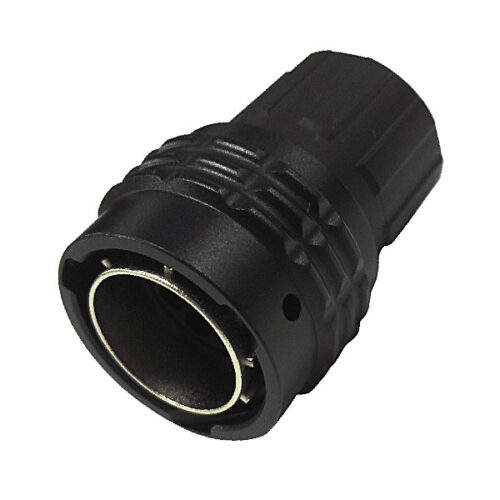
GR Series-8-core 12# circular signal connector
-
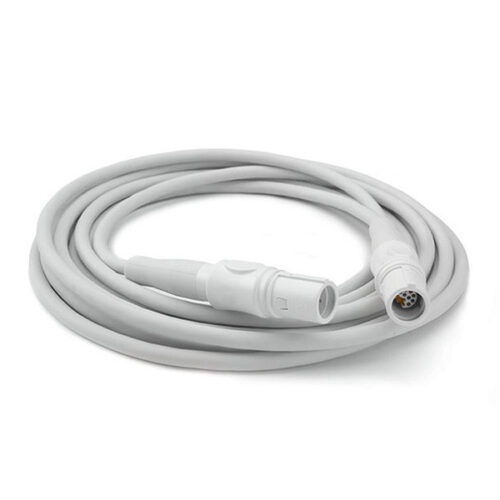
Wiring harness for medical equipments
-
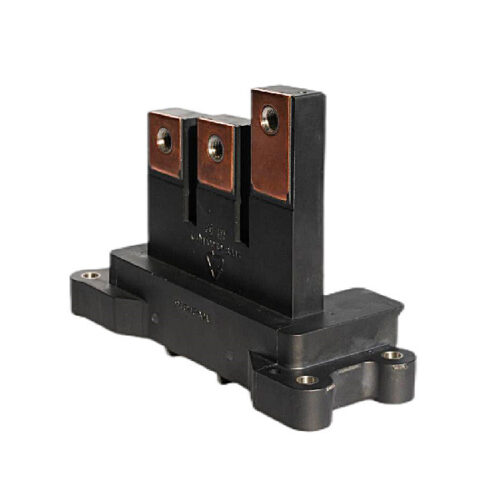
Electronic control copper bar assembly
-

DC terminal
-
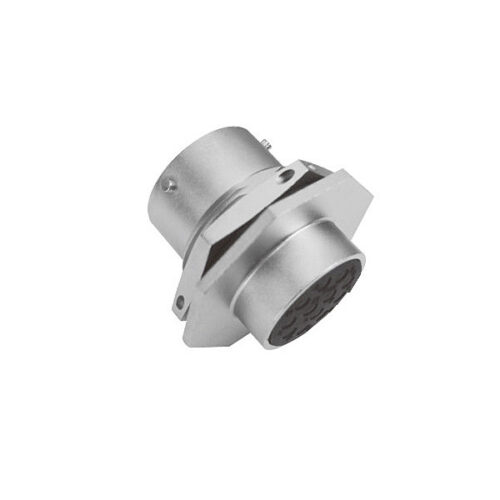
Signal connector-12 core-14#
-
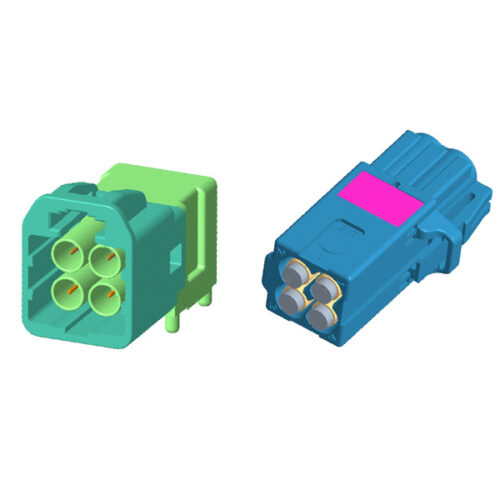
Automotive RF MINI FAKRA Four-Core Connector, Quad Port, PCB Through Hole, Right Angle, Plug, 50 Ohm
-

3.0 wire spring pin (crimping 2.5 square wire)
-

GA Series-11-pin Aviation Connector
